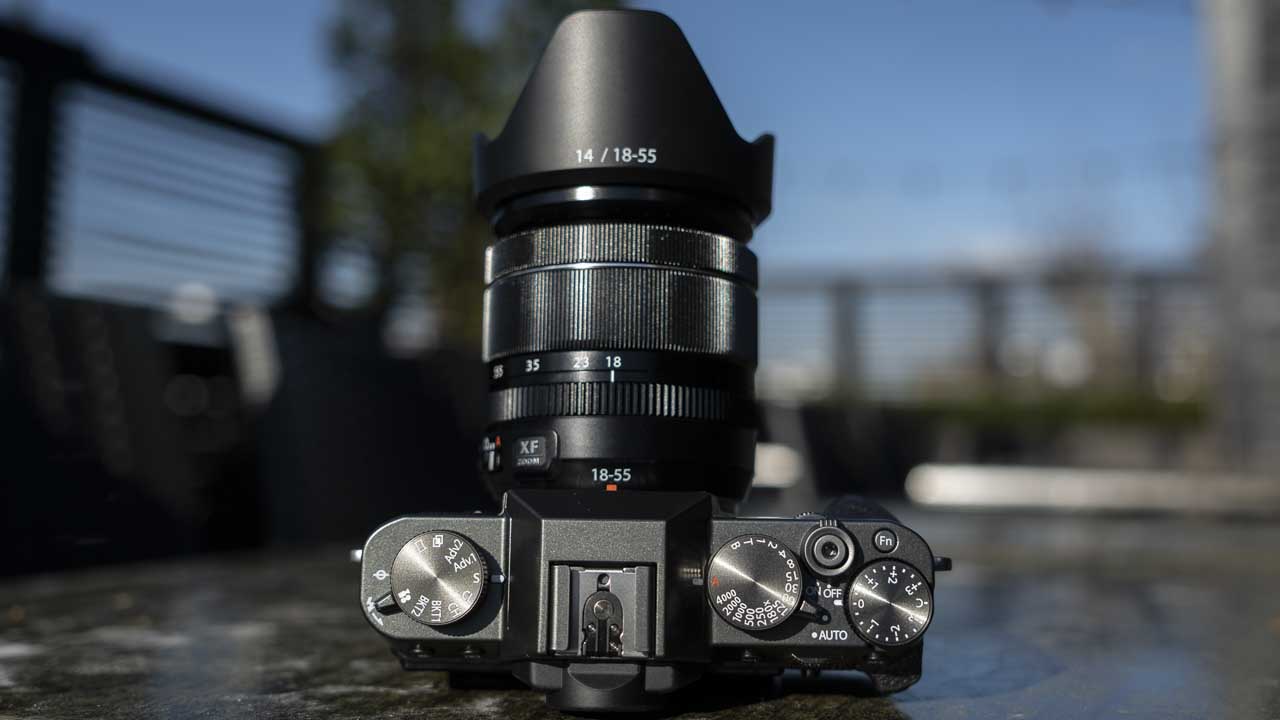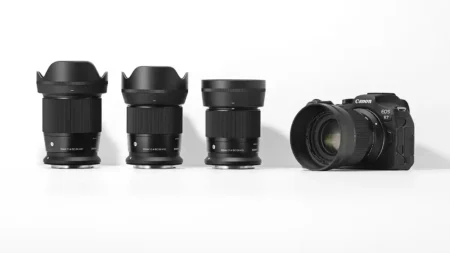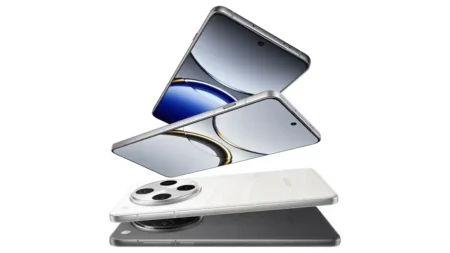Do even the best beginner mirrorless cameras have a place in the age of the smartphone? We would argue that they do. Smartphones are perfect for everyday photography. As their image quality has improved over the last decade, their portability and ability to share photos instantly has helped certify smartphones as the ultimate take-anywhere camera.
But while ‘Pro’ modes afford a certain amount of control over your images, smartphone cameras are limited by their smaller sensors and lack of interchangeable lenses.
This is why entry-level mirrorless cameras are often a better choice for creative photographers, rather than a new smartphone. In this quick guide we’ll explain the benefits of buying mirrorless and make our picks for the best beginner mirrorless cameras on the market.
Why buy a beginner mirrorless camera over a smartphone?
Bigger sensors. The sensor in a beginner mirrorless camera, whether APS-C size or Micro Four Thirds (click here to read all about sensor size and what it means) will be much bigger than any smartphone image sensor. These bigger sensors have bigger photo sites and can capture more detail, with less noise.
Interchangeable lenses. Bigger sensors are one thing, but lenses help bring that detail to life in your images. With a mirrorless camera you can swap lenses for varying focal lengths, different effects, even smoother background blur. Having the option to change optics gives you a lot of control over the look of your image, something you don’t get with a smartphone camera.
Price. The best phones for photos on the market today cost nearly a grand. And if it’s an iPhone you’re after, you’re definitely looking to spend north of a grand. When you consider that the best beginner mirrorless cameras are about half that price, and give you all the other advantages of creative control, better image quality, plus built-in WiFi for instant sharing, it starts to seem like a no-brainer.
Size. Smartphones are pocketable, and they will always win when it comes to size. But some beginner mirrorless cameras are pocketable too. While they may not slip so easily into the back pocket of your jeans, they can sit comfortably in a coat pocket, purse or everyday bag.
The best beginner mirrorless cameras you can buy today
All of the cameras in our list of the best beginner mirrorless cameras were chosen based off our experience testing them. If you are wanting something a little more advanced and your budget allows for it, you might find our guide to the best mirrorless cameras useful. For a deeper dive into the many different camera types and features available, check out our range of camera buying guides.
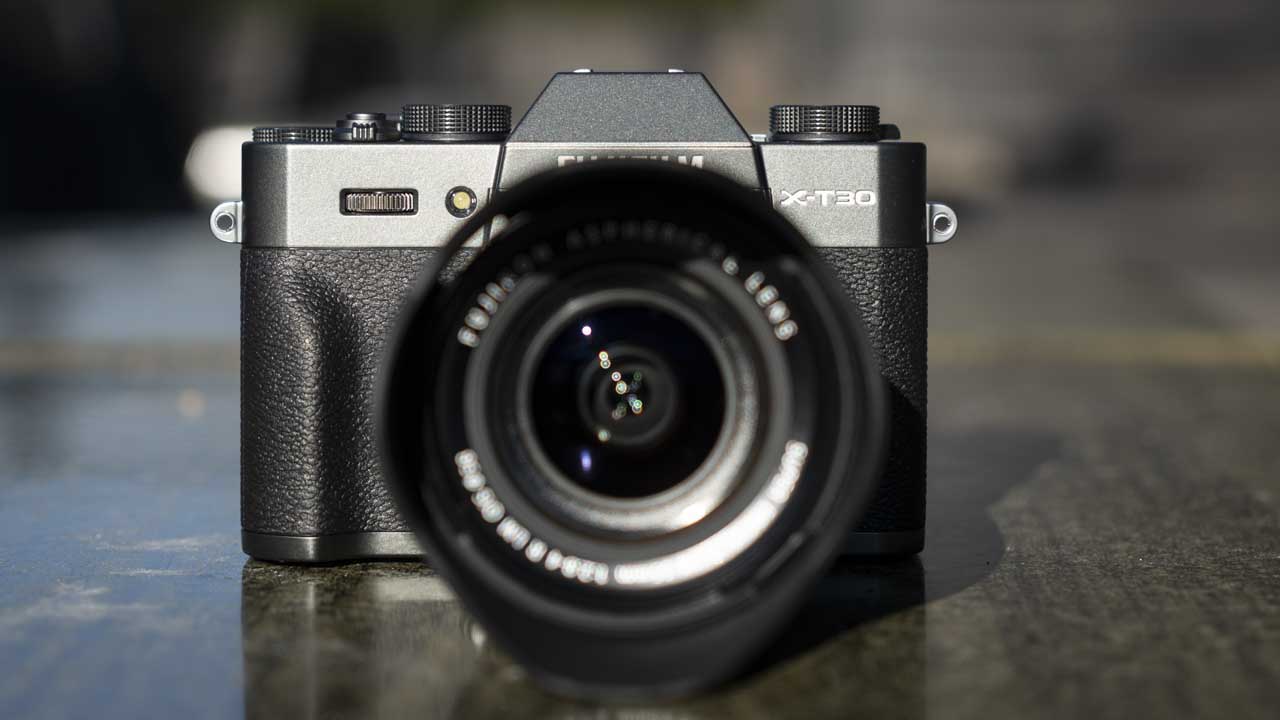
Fujifilm X-T30
- Terrific build quality
- Outstanding image quality
- 4K video
This is one of the best beginner cameras on this list, if not the overall winner. The X-T30 combines diminutive size with superb image quality, thanks to much of the tech it inherits from Fujifilm’s flagship X-T3.
That’s right: the Fuji X-T30 has the same 26.1Mp backside-illuminated (BSI) APS-C format 4th generation X-Trans CMOS sensor and the same 4th generation X-Processor as is in the X-T3. That means that you can get the same image quality as from the X-T3 from a smaller, more affordable camera.
Fujifilm has also made a few handling improvements upon the X-T20. The most noticeable is the exchange of the navigation pad for a joystick controller. It’s a great move.
The X-T3 made a significant step up in video features over the X-T2, and the X-T30 does the same in comparison with the X-T20.
In 4K mode (17:9 and 16:9), video is captured at 6K and then downsampled to 4K (4096 x 2160 or 3840 x 2160 respectively). At this resolution the maximum frame rate is 30p. Switch to Full-HD resolution, however, and you can shoot at up to 120fps.
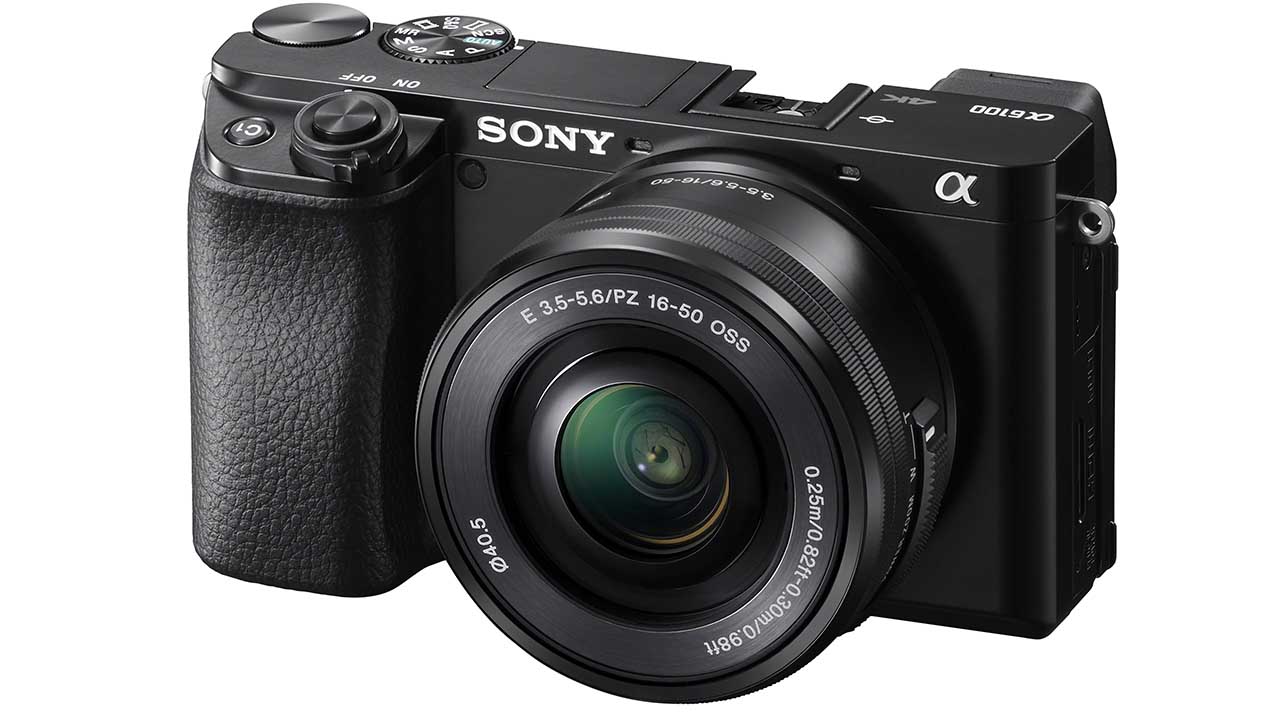
Sony A6100
- 4K video with full-pixel readout
- 24.2-megapixel sensor
- Superb AF system
While the Sony Alpha 6100 may be aimed at novices looking to move up to shooting with interchangeable lens cameras, in typical Sony fashion it’s not short on spec.
Inside is a 24.2-megapixel APS-C sensor and Sony’s latest BIONZ X image processor. You’ll also get 425 phase-detection AF points and 425 contrast-detection points. Promising lightning fast AF speeds, the A6100 shines when tracking moving subjects thanks to Sony’s AI-based Real-time Tracking mode.
Budding videographers will appreciate 4K movie recording with full-pixel readout, a microphone port and a tilting 180-degree touchscreen.
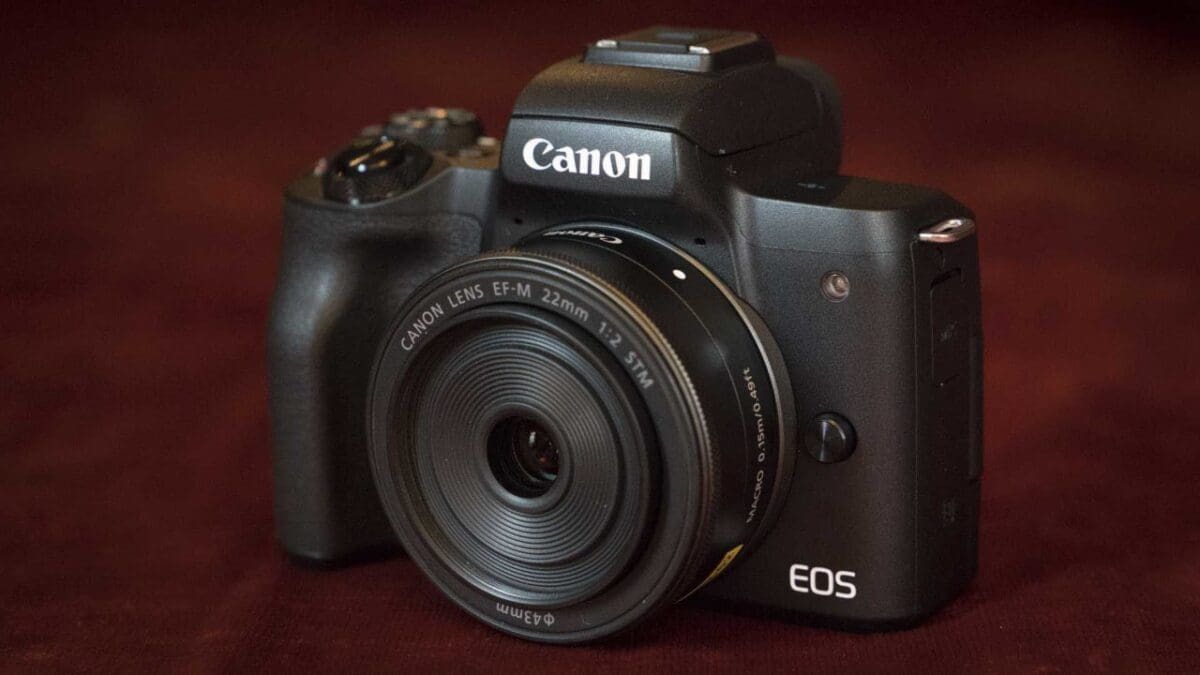
Canon EOS M50
- Excellent image quality
- Superb implementation of touch-control
- High-quality viewfinder built-in
With all the will they, won’t they talk surrounding Canon and Nikon making full-frame mirrorless cameras over the past few years, it’s easy to forget that Canon has been cultivating its mirrorless APS-C-format EOS M range for a number of years now.
The knock against the EOS M50 has been that it doesn’t offer 4K video capability. And while that may be frustrating, the M50 is quite simply the best Canon mirrorless camera to date. Crucially, the autofocus system, which left much to be desired in the early days of EOS M, is exceptionally good in the M50 and the quality of the results is excellent.
Provided you don’t have your heart set on shooting 4K video, the M50 is a great little camera for vloggers and anyone who wants a small camera with a viewfinder paired with a large (APS-C format) sensor. It might not be the Canon’s flagship mirrorless camera, but the technology inside it is the most advanced that Canon has put in a mirrorless model before the full-frame EOS R came along.
With a high-quality 24-megapixel sensor, the Canon M50 is suitable for more than just vlogging, it can deliver superb stills as well.
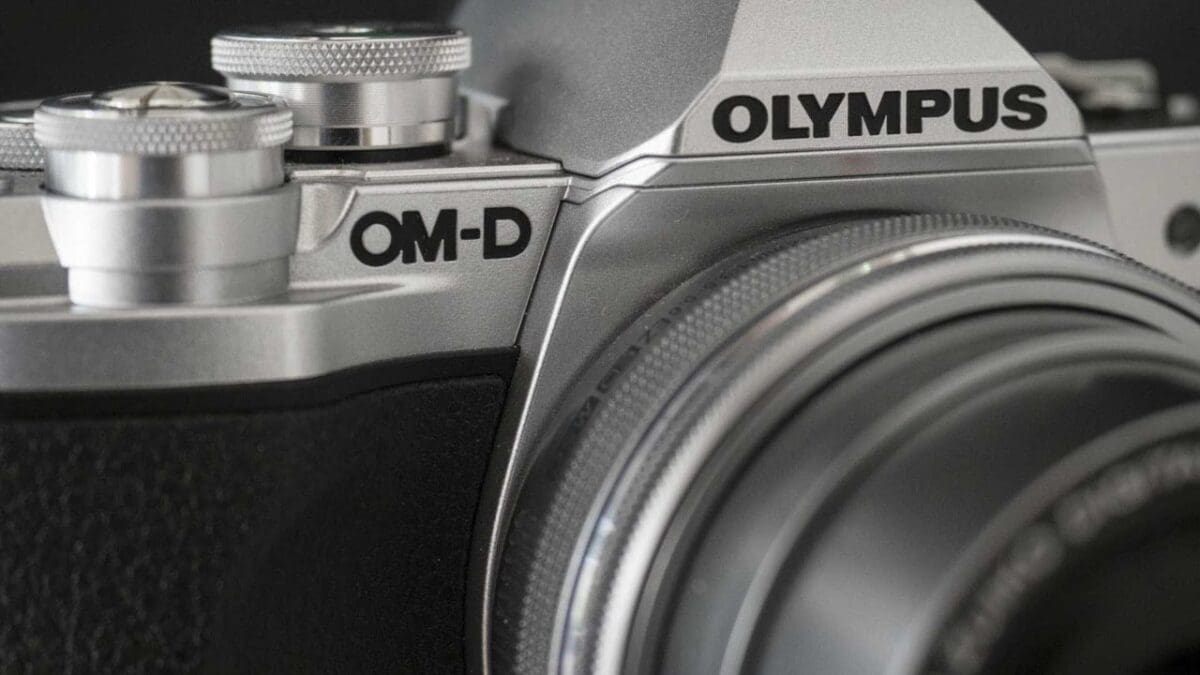
Olympus OM-D E-M10 Mark III
- Small body with Four Thirds sensor
- Viewfinder and tilting touchscreen
- Extensive feature set and lots of customisation
The OM-D E-M10 Mark III is a neat, compact camera that provides plenty of features, including a built-in viewfinder, a tilting touchscreen, Image Stabilisation and a collection of creative options including Live Time and Live Composite mode.
As its a mirrorless camera the E-M10 III’s viewfinder and screen allow you see the image as it will be captured with the camera settings applied, which is helpful for anyone learning about photography as well as experienced shooters.
The E-M10 III’s new AP mode is a great way of helping photographers access the creative features and take more interesting images.
With 16.1 million effective pixels on its sensor the E-M10 III doesn’t break any barriers for resolution or image size but it produces attractive jpegs that will please most photographers in many situations.
In short, it’s a fantastic camera for anyone wanting to take photography more seriously and for experienced photographers planning a trip.
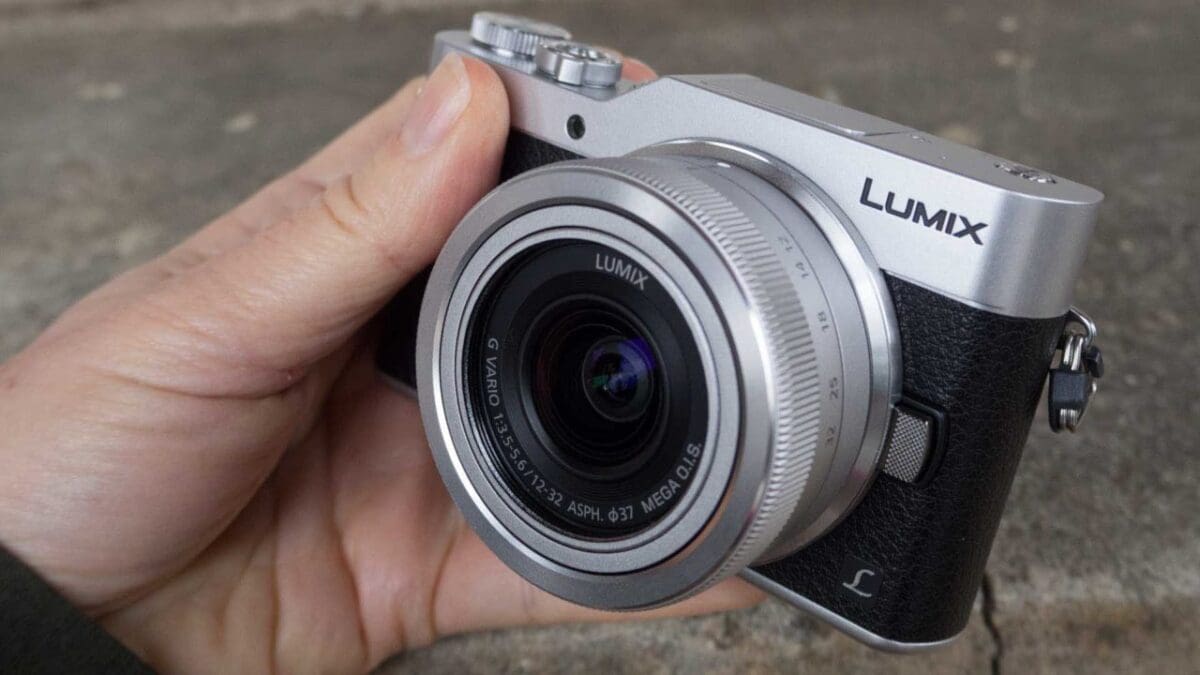
Panasonic GX800 / GX850
- 1,040,000-dot vari-angle LCD screen that articulates 180 degrees
- 16-megapixel sensor
- 4K Photo, Post Focus and Focus Stacking modes
Paired with the diminutive 12-32mm lens, the GX800 / GX850 is one of the most pocketable options on this list of the best beginner mirrorless cameras.
It’s also capable of delivering high quality images in a range of conditions and with exposure modes to suit novices and enthusiasts, it has potential the find favour in both camps.
Novice photographers would find it a rewarding step-up from a phone, while experienced photographers may be drawn by the comparatively large sensor in the small body.
The GX800 is designed to be small, affordable and easy to use, and is a fantastic camera for someone looking to make the leap from smartphone photography.
